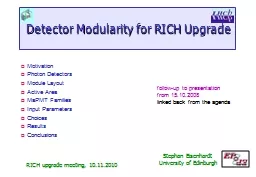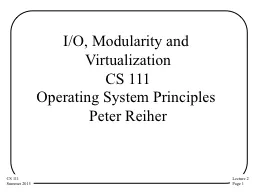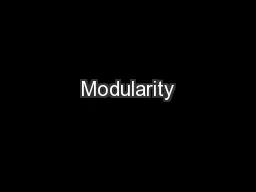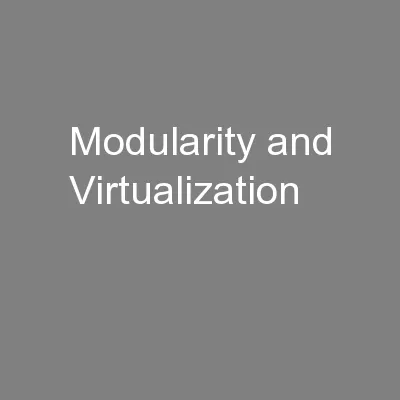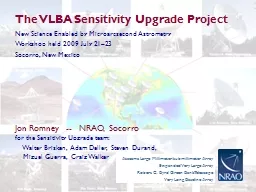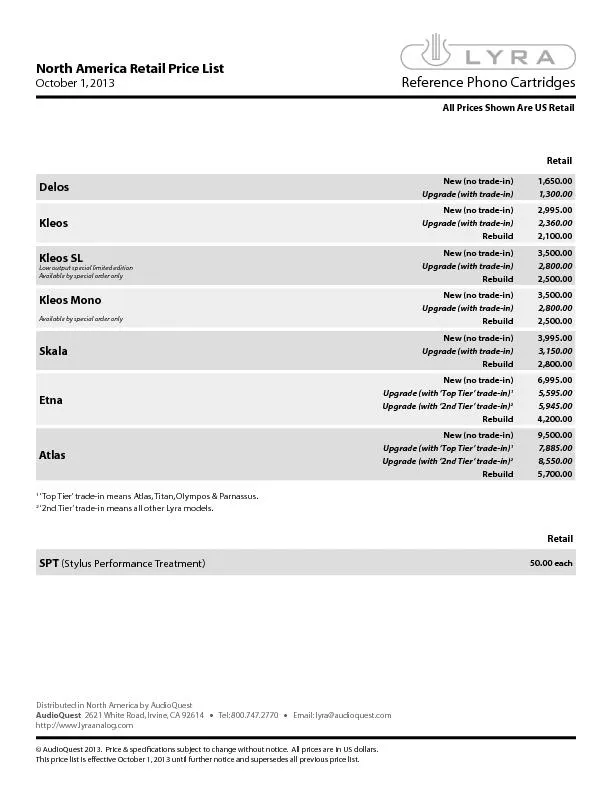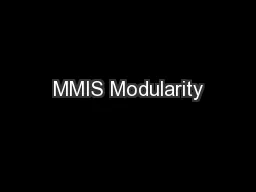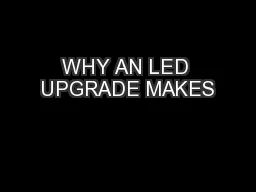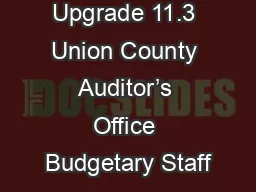PPT-Detector Modularity for RICH Upgrade
Author : sherrill-nordquist | Published Date : 2016-08-06
RICH upgrade meeting 10112010 Stephan Eisenhardt University of Edinburgh Motivation Photon Detectors Module Layout Active Area MaPMT Families Input Parameters
Presentation Embed Code
Download Presentation
Download Presentation The PPT/PDF document "Detector Modularity for RICH Upgrade" is the property of its rightful owner. Permission is granted to download and print the materials on this website for personal, non-commercial use only, and to display it on your personal computer provided you do not modify the materials and that you retain all copyright notices contained in the materials. By downloading content from our website, you accept the terms of this agreement.
Detector Modularity for RICH Upgrade: Transcript
Download Rules Of Document
"Detector Modularity for RICH Upgrade"The content belongs to its owner. You may download and print it for personal use, without modification, and keep all copyright notices. By downloading, you agree to these terms.
Related Documents

